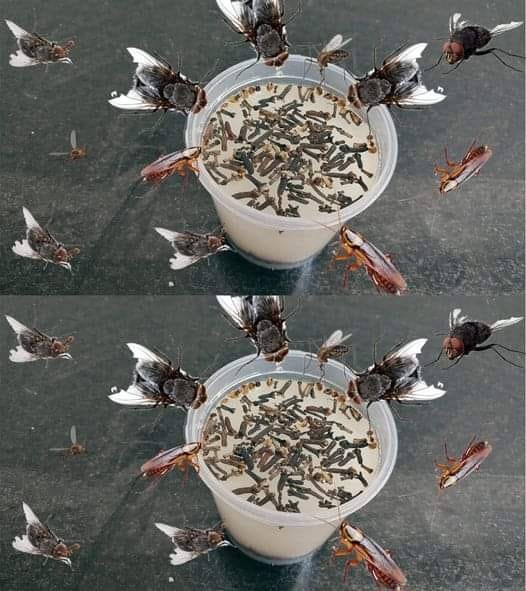Step-by-Step Method to Improve Your Ability to Discern Differences
Step 1: Train Your Observation Skills
Observation is the foundation of discernment. If you don’t notice differences, you can’t analyze them.
• Slow Down and Look Closely – Avoid rushing. Take time to carefully examine details.
• Use Multiple Senses – Some differences are not visual but based on touch, sound, smell, or taste.
• Focus on Patterns – Recognizing trends in behavior, design, or function makes differentiation easier.
Exercise: Take two similar coins or pieces of fabric and examine them under good lighting. Identify differences in texture, weight, or design.
Step 2: Compare and Contrast Actively
Comparing things side by side reveals their differences more clearly.
• Make a List of Similarities and Differences – Writing it down clarifies subtle details.
• Analyze One Feature at a Time – Instead of looking at everything at once, compare by specific features (e.g., color, texture, functionality).
• Use Visual Aids – Charts, magnifying glasses, or even photography can help highlight differences.
Exercise: Pick two brands of bottled water, chocolate, or tea. Compare packaging, taste, ingredients, and pricing to identify key differences.
Step 3: Ask the Right Questions
Asking questions forces deeper analysis and prevents surface-level thinking.
• What makes this different from the other?
• Why does one cost more than the other?
• How does one function differently from the other?
• What do experts say about these differences?
Exercise: Compare two smartphone models and list their differences in performance, camera quality, battery life, and software features.
Step 4: Use Reference Materials and Expert Insights
Sometimes, differences are not obvious and require additional research.
• Use Books, Websites, or Manuals – Learning more about a topic helps in recognizing key distinctions.
• Consult Experts – Whether it’s a jeweler distinguishing real from fake gold or a mechanic spotting car defects, expert knowledge is invaluable.
• Use Comparison Tools – Online tools, reviews, and side-by-side product comparisons make differentiation easier.
Exercise: Look up reviews of two similar laptop models and note how professionals highlight their differences.
Step 5: Apply Logical and Critical Thinking
Once you observe and compare, apply logic to determine why differences matter.
• Does the difference affect quality, function, or value?
• Is the difference relevant to your needs?
• Are marketing or external factors influencing your perception?
Exercise: Compare two similar job offers. Consider salary, benefits, company culture, career growth, and work-life balance before making a choice.
Step 6: Test Yourself Regularly
Practicing differentiation strengthens your ability over time.
• Try Spot-the-Difference Games – Puzzles, visual tests, and logic games enhance pattern recognition.
• Challenge Yourself to Identify Imitations – Look at fake vs. real luxury products, artworks, or documents.
• Discuss with Others – Talking about differences with others often reveals perspectives you didn’t consider.
Exercise: Look at two similar artworks or fonts and analyze their differences in style, shape, and meaning.
Step 7: Apply the Skill in Real-Life Situations
The ultimate test of discernment is using it in daily decision-making.
• Consumer Choices: Avoid buying counterfeit or low-quality products.
• Work and Business: Choose better strategies, contracts, or investments.
• Personal Growth: Improve your ability to assess people, situations, and opportunities.
Exercise: The next time you shop for groceries, compare different brands of the same product. Look at ingredients, weight, and price to determine which offers the best value.
Conclusion
The ability to distinguish between similar things is more than just a useful skill—it’s a critical life tool. It helps in avoiding mistakes, making better decisions, and understanding the world more accurately. By training your observation, comparing actively, asking questions, researching, thinking critically, testing yourself, and applying these skills, you can sharpen your ability to notice even the smallest distinctions.
With consistent practice, you’ll find that your awareness, judgment, and confidence in identifying differences will significantly improve, making you a more perceptive and informed individual.






